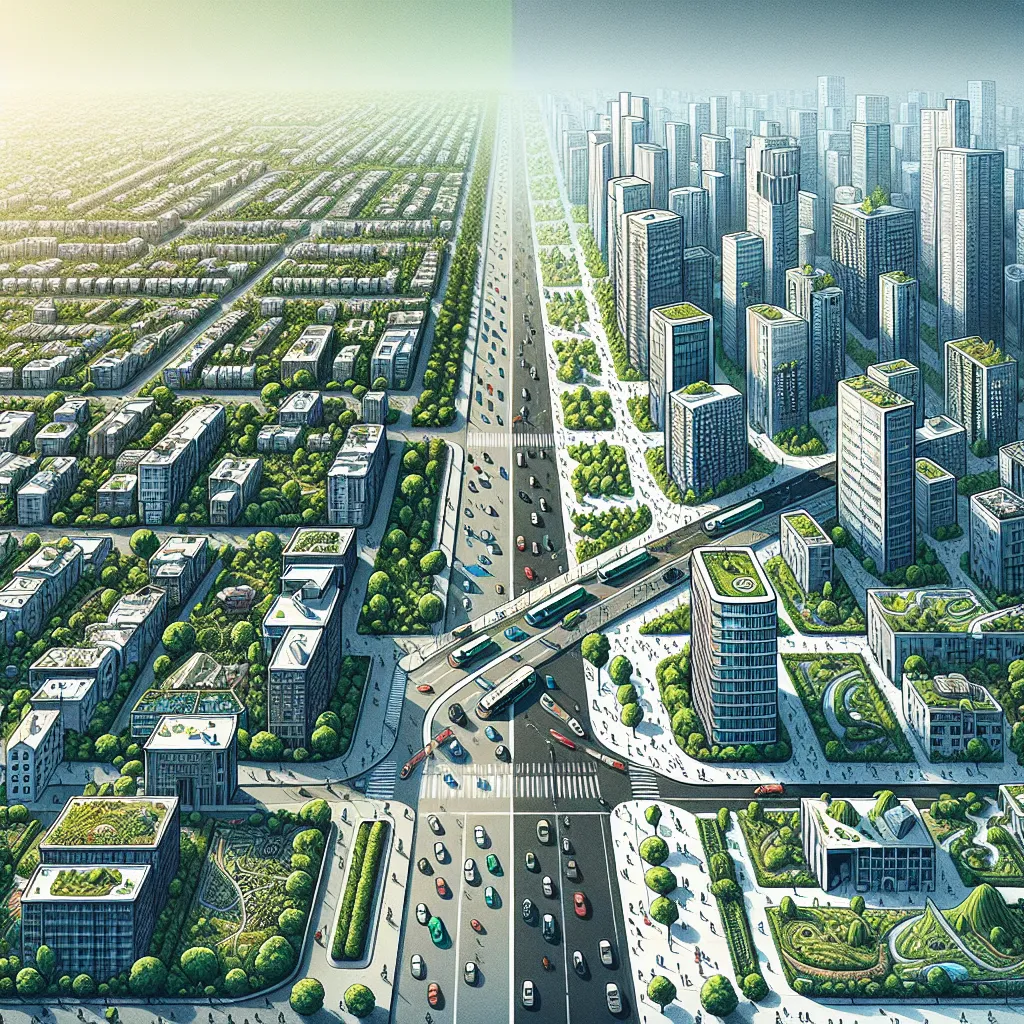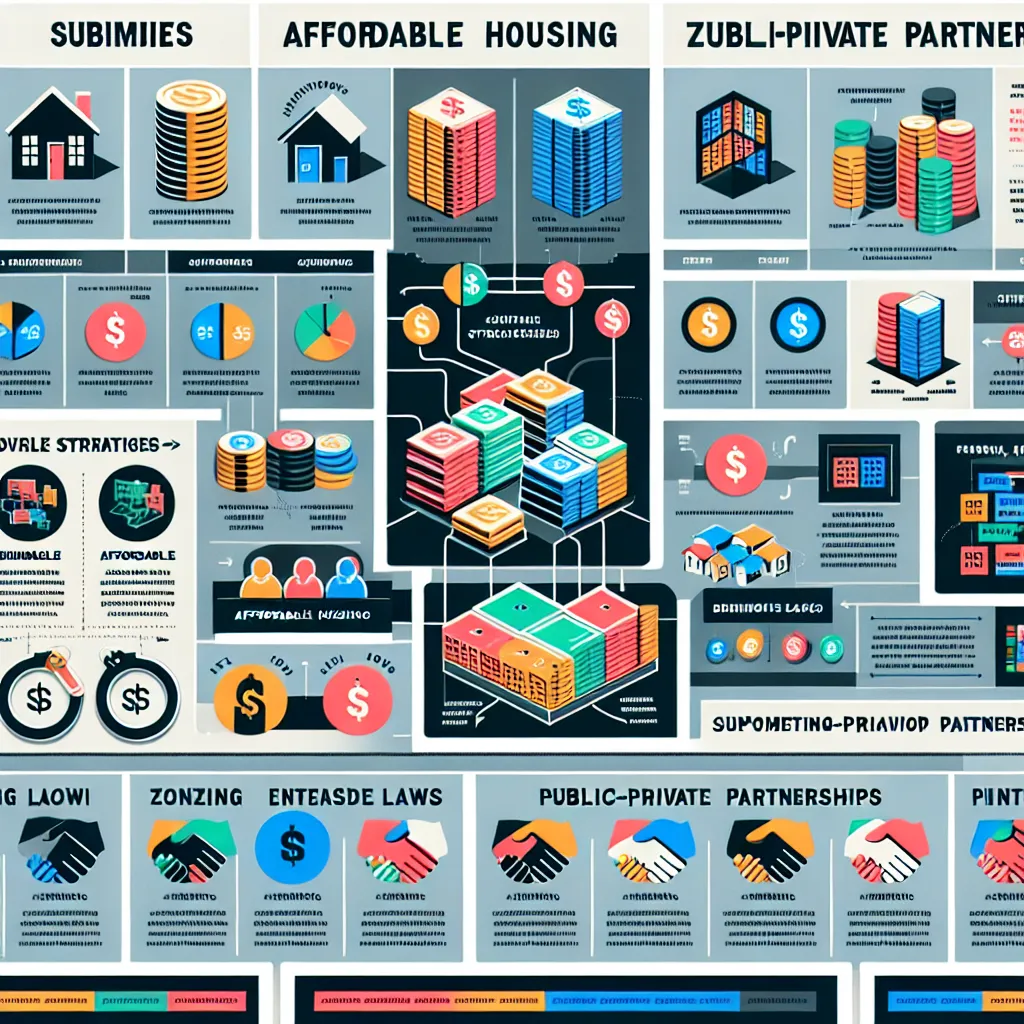Urban sprawl is a prevalent issue in modern society, and it’s no surprise that it frequently appears in IELTS Writing Task 2 questions. As an IELTS instructor, I’ve noticed an increasing trend in questions related to urban development and its challenges. Based on past exam patterns and current urban issues, it’s highly likely that you’ll encounter a question about addressing the challenges of urban sprawl in your IELTS Writing Task 2.
Nội dung bài viết
Let’s examine a typical question on this topic and explore how to craft a high-scoring response.
Urban sprawl is a growing problem in many cities around the world. What are the causes of this phenomenon, and what measures can be taken to solve this issue?
Analyzing the Question
This question is a classic example of a problem-solution essay. It consists of two parts:
- Identify the causes of urban sprawl
- Propose measures to address the issue
To score well, you need to address both parts equally, providing a balanced discussion of causes and solutions.
Sample Essays
Band 8-9 Essay
Urban sprawl, the uncontrolled expansion of urban areas into surrounding rural lands, is a pressing concern for many metropolitan regions globally. This essay will explore the primary factors contributing to this phenomenon and suggest viable solutions to mitigate its negative impacts.
The causes of urban sprawl are multifaceted. Firstly, population growth and migration to cities create an increased demand for housing and services, pushing development outward. Secondly, the preference for single-family homes with large yards, particularly in countries like the United States, leads to low-density development that consumes more land. Additionally, improved transportation infrastructure, especially extensive highway systems, facilitates longer commutes and encourages development in previously inaccessible areas.
To address these challenges, a multi-pronged approach is necessary. One effective measure is the implementation of smart growth policies that promote high-density, mixed-use development within existing urban boundaries. This can be achieved through zoning regulations that encourage vertical growth and the repurposing of brownfield sites. Furthermore, investing in efficient public transportation systems can reduce reliance on cars and make compact living more attractive. Cities like Singapore have successfully used this strategy to create a dense yet livable urban environment.
Another crucial step is the preservation of green belts around cities, which act as natural barriers to unchecked expansion. London’s green belt policy, for instance, has been instrumental in containing urban growth. Lastly, economic incentives and disincentives can be employed to guide development. This could include higher property taxes for sprawling developments and tax breaks for infill projects within city centers.
In conclusion, while urban sprawl poses significant challenges, it is not an insurmountable problem. By adopting a combination of smart planning policies, investment in public transportation, environmental protection measures, and economic tools, cities can effectively manage their growth and create more sustainable, livable urban environments for future generations.
(Word count: 298)
Band 6-7 Essay
Urban sprawl is becoming a big problem in many cities around the world. This essay will discuss the reasons for this issue and suggest some ways to solve it.
One main cause of urban sprawl is population growth. As more people move to cities, there is a need for more housing, which often leads to building on the outskirts of cities. Another reason is the desire for bigger houses and gardens. Many people prefer to live in spacious homes away from the busy city center, which results in the expansion of suburban areas.
To address these challenges, there are several measures that can be taken. Firstly, city planners should focus on building more high-rise apartments in city centers. This would allow more people to live in a smaller area, reducing the need for outward expansion. Secondly, improving public transportation is important. With better buses and trains, people can live in the city and easily travel to work, reducing the need for cars and highways that contribute to sprawl.
Another solution is to create green spaces within cities. This can make urban living more attractive and reduce the desire to move to suburban areas. Finally, governments can introduce laws to limit urban expansion, such as setting boundaries for city growth or taxing new developments on the outskirts.
In conclusion, urban sprawl is caused by population growth and housing preferences, but it can be managed through better urban planning, improved public transport, and legal measures. By implementing these solutions, cities can grow in a more sustainable way.
(Word count: 252)
Writing Tips
When addressing the challenges of urban sprawl in IELTS Writing Task 2, keep the following points in mind:
-
Structure: Ensure a clear introduction, body paragraphs addressing causes and solutions separately, and a concise conclusion.
-
Vocabulary: Use topic-specific vocabulary related to urban planning and development. For Band 8-9, incorporate more sophisticated terms and phrases.
-
Grammar: For higher bands, use a variety of complex structures. For Band 6-7, focus on accuracy with simpler structures.
-
Coherence and Cohesion: Use appropriate linking words and phrases to connect ideas smoothly.
-
Examples: Incorporate relevant real-world examples to support your arguments, especially for higher band scores.
Key Vocabulary
Here are some essential terms to remember when writing about urban sprawl:
- Urban sprawl (noun) /ˈɜːrbən sprɔːl/ – The uncontrolled expansion of urban areas
- Sustainable development (noun) /səˈsteɪnəbl dɪˈveləpmənt/ – Development that meets present needs without compromising future generations
- Infrastructure (noun) /ˈɪnfrəstrʌktʃər/ – The basic physical systems of a country or city
- Zoning regulations (noun) /ˈzəʊnɪŋ ˌreɡjʊˈleɪʃnz/ – Rules that govern land use in specific areas
- Brownfield sites (noun) /ˈbraʊnfiːld saɪts/ – Previously developed land not currently in use
- Green belt (noun) /ɡriːn belt/ – An area of open land around a city where building is restricted
- Mixed-use development (noun) /mɪkst juːz dɪˈveləpmənt/ – A type of urban development that blends residential, commercial, cultural, and industrial uses
- Infill development (noun) /ˈɪnfɪl dɪˈveləpmənt/ – The process of developing vacant or under-used parcels within existing urban areas
 Urban sprawl challenges and solutions
Urban sprawl challenges and solutions
In conclusion, addressing the challenges of urban sprawl is a complex topic that requires a comprehensive understanding of urban planning, environmental issues, and social dynamics. By mastering the vocabulary and concepts related to this subject, you’ll be well-prepared to tackle similar questions in your IELTS Writing Task 2.
To further improve your skills, try writing your own essay on this topic and share it in the comments section below. This practice will help you apply the strategies and vocabulary we’ve discussed, enhancing your ability to craft a high-scoring response in the actual IELTS exam. Remember, consistent practice is key to achieving your desired band score!
For more insights on related topics, you might find our articles on how to address the challenges of urbanization and how to promote sustainable urban development helpful in expanding your knowledge and vocabulary for IELTS Writing Task 2.


